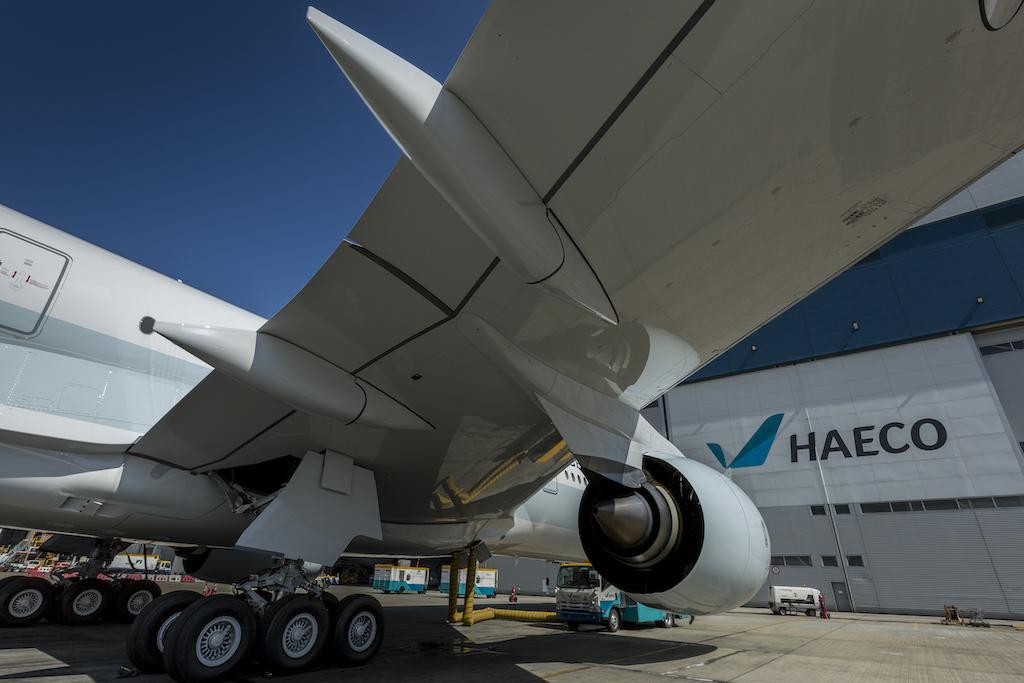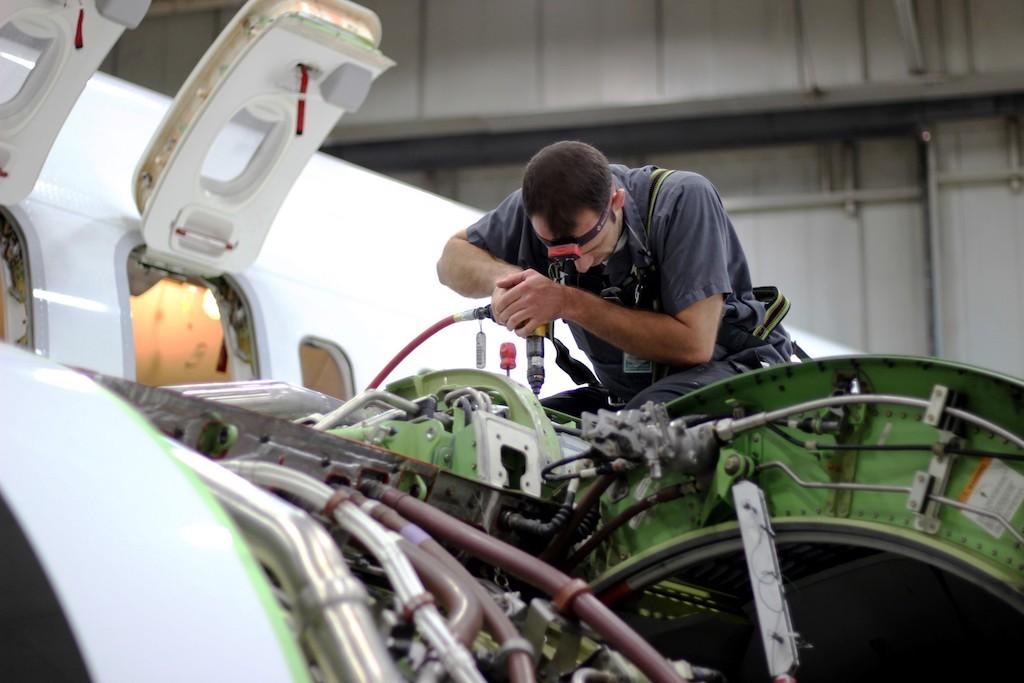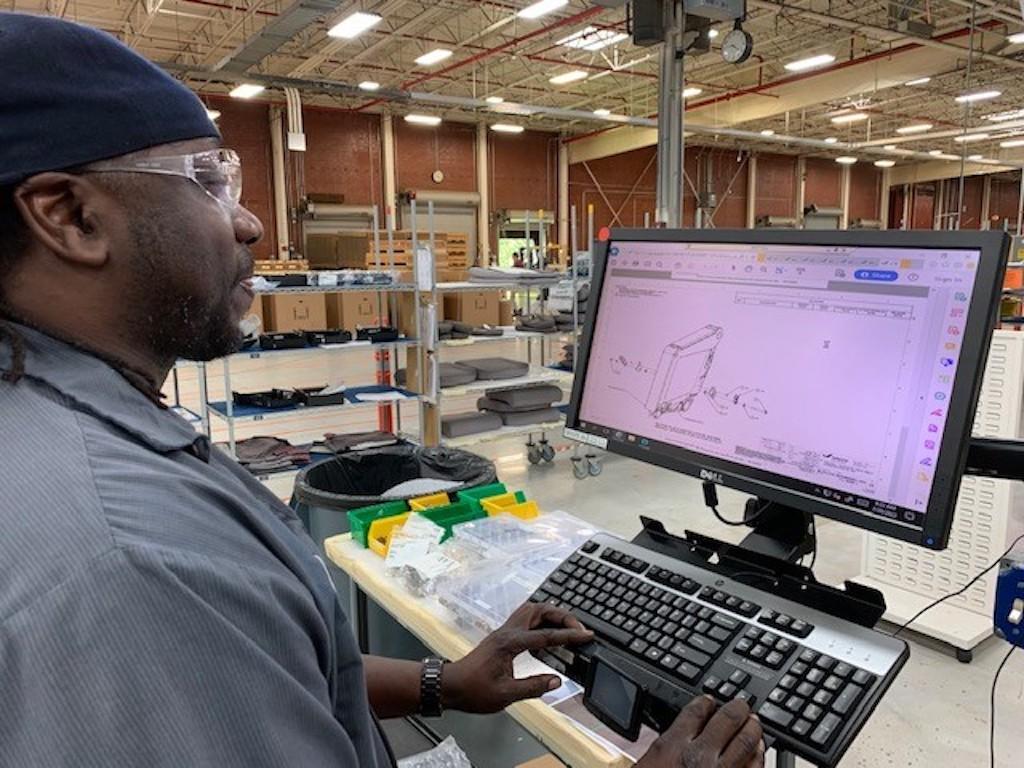Challenges And Trends In Aircraft Base Maintenance

Let us first look at engine services to work out the challenges faced in aircraft MRO. In engine MRO, the biggest cost driver is often related to materials and repairs which can be addressed by a variety of options such as deploying used serviceable materials. In aircraft base maintenance however, the biggest cost driver is labour and cost optimisation often involves productivity.
Base maintenance is a labour-intensive business which entails challenges. First, the occupational safety of the workforce is of utmost importance and non-negotiable. Secondly, when more skilled specialists are needed, the more difficult it is to find them in the marketplace considering the recent exodus of labour to new and well-paying industries in the wake of the pandemic. Hiring and retaining skilled people, who are key to base maintenance, has become more costly with current high inflation rates not even considered.
One-stop-shop services

According to IATA’s passenger data for July 2022, recovery in air travel continues to be strong. Globally, traffic is now at 74.6% of pre-crisis levels and domestic traffic stands at 86.9%. Unfortunately, the post-pandemic ramp up has led to shortages in aircraft overhaul slots due to availability constraints and cost, with the latter being paramount to optimise the aircraft MRO to achieve the maximum possible during ground time.
A good example is to combine work scopes during an aircraft downtime in a one-stop-shop manner. HAECO, with various locations in Hong Kong, the Chinese Mainland and Americas can offer one-stop-shop services combining aircraft base maintenance, cabin modification, component and composite repairs, engine services, landing gear overhaul and paint, amongst other services such as engineering support.
Digitalization

Digitalization offers great opportunities to continuously improve processes, optimise cost in the mid-term and increase customer satisfaction. To support its digital transformation journey, HAECO has identified three core areas covering data visibility, communications and decision-making as well as process and materials management.
Continuous improvement and digital transformation are crucial to success, next to a comprehensive services and products portfolio with quality and customer focus. HAECO has invested in digital equipment and processes, such as deploying more than 2,000 iPads to frontline engineers and mechanics to access the most up-to-date technical manuals and electronic work cards digitally. Innovative tools such as 3D dentCHECK scanner is also being used for easier mapping of structural inspections such hail damages.
HAECO is also committed to increasing data visibility and pursuing future data analytics capabilities. Customers will enjoy real-time data access, standardised reporting, and full transparency during the aircraft ground time. Even with smartphones as one of the most advanced digital equipment, there is still potential to improve communication and share information more effectively. This will avoid ambiguities and misunderstandings as well as facilitate quick decision-making. There is still plenty of groundwork to be done in the analogue world to improve processes through digitalization. Our aim is to further improve our central data platform where we can analyse historic data with our customers to support predictive maintenance which will optimise planning, enhance safety, and lead to competitive service offerings and increased customer satisfaction.
Sustainable today; Thriving tomorrow
As a leading industry player, HAECO has a well-defined sustainable development strategy based on people and communities, diversity and inclusion, and environment. The fulfilment of sustainability targets assumes close alignment between suppliers and customers, and this can only be achieved together.
RFQ documents usually include a compliance section where suppliers need to explain their social and environmental responsibilities and engagement as a prerequisite to become approved suppliers. To illustrate the importance, the carbon emission targets serve as a good example: while scope 1 emission (owned direct emissions e.g. burning of aviation kerosene of an airline) or scope 2 emission (owned indirect emissions e.g. purchase of electrical power or heat for office buildings) can be influenced through core business processes, scope 3 emissions (not owned emissions in the supply chain, e.g. the energy consumption of suppliers) cannot be influenced directly. Put simply, if an airline follows strict carbon reduction targets, an aircraft base maintenance supplier with the same strict carbon reduction targets is needed to support the airline’s scope 3 emission targets.
HAECO has developed challenging projects to reduce scope 1 and 2 carbon emissions by 40%, water by 25% and waste by 60% in 2030 (versus 2018). The installation of a 3-megawatt solar photovoltaic system in Hong Kong is the first tangible step towards lower carbon emission and supports our customers to achieve their scope 3 targets. The new trend in aircraft base maintenance is therefore based on operational excellence, sustainable development with focus on people and environment as well as the great field of digital.
Contributed by: Klaus-Peter Leinauer, Vice President Group Commercial Europe, Middle East and Africa (EMEA)